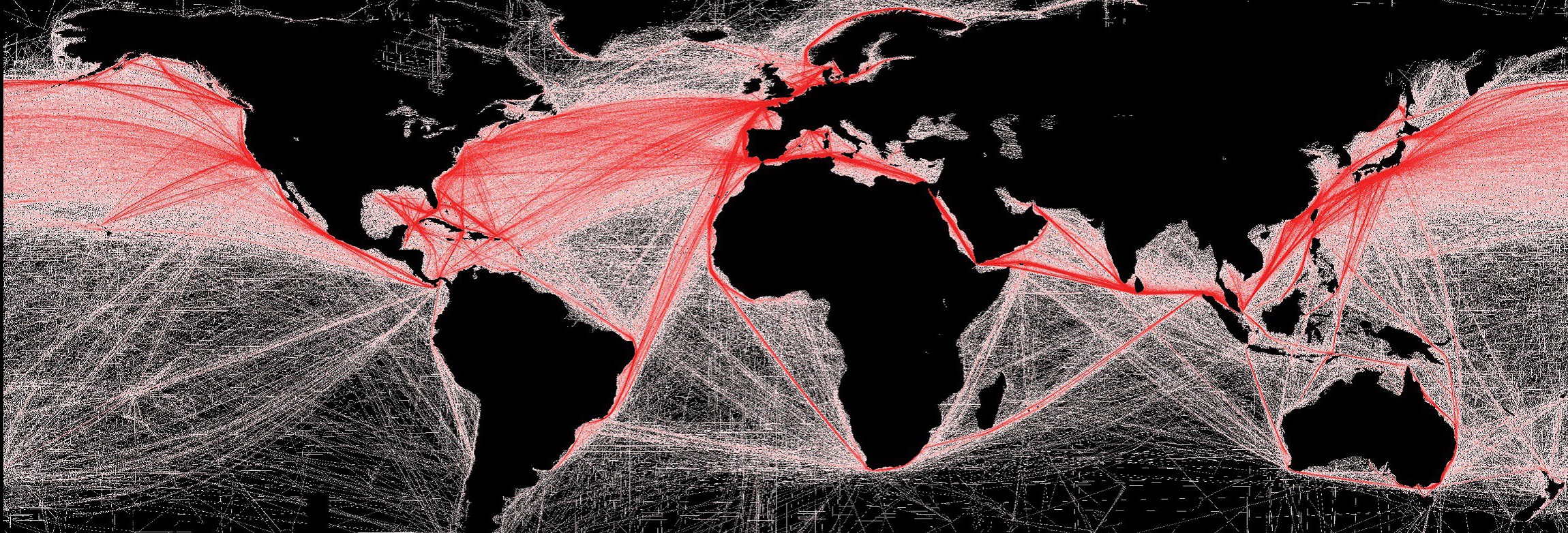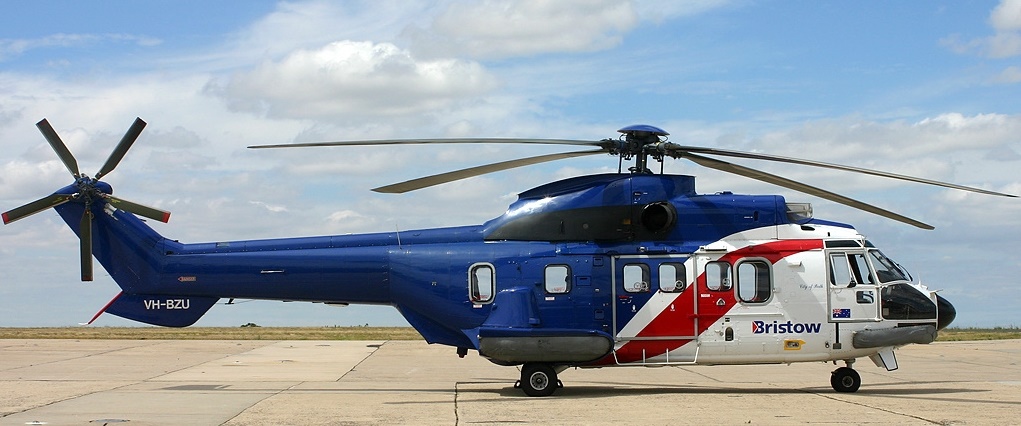BTS Statistics Release January 2016 North American Freight Numbers
BTS Statistics Release January 2016 North American Freight Numbers
All five major transportation modes – truck, rail, pipeline, vessel and air – carried less U.S. freight by value with North American Free Trade Agreement (NAFTA) partners Canada and Mexico in January 2016 than in January 2015. The total value of cross-border freight carried on all modes fell 7.7 percent from 2015 to $82.4 billion in current dollars, according to the TransBorder Freight Data released today by the U.S. Department of Transportation’s Bureau of Transportation Statistics (BTS).
Freight by Mode
The value of commodities moving by truck declined 1.5 percent, the smallest decrease from 2015 to 2016 of any mode. The value of freight on other modes also declined: vessel 37.3 percent; pipeline 32.7 percent; air 12.8 percent; and rail 3.5 percent. A drop in the price of crude oil in 2015 played a key role in the large declines in the dollar value of goods shipped by vessel and pipeline. Crude oil (a component of mineral fuels) comprises a large share of the commodities carried by these modes. Average monthly prices for crude petroleum and refined fuel are available from the U.S. Energy Information Administration.
Trucks carried 66.5 percent of U.S.-NAFTA freight and continued to be the most heavily utilized mode for moving goods to and from both U.S.-NAFTA partners. Trucks accounted for $28.4 billion of the $44.6 billion of imports (63.7 percent) and $26.4 billion of the $37.9 billion of exports (69.7 percent).
Rail remained the second largest mode by value, moving 15.2 percent of all U.S.-NAFTA freight, followed by vessel, 5.3 percent; pipeline, 4.8 percent; and air, 3.7 percent. The surface transportation modes of truck, rail and pipeline carried 86.4 percent of the total value of U.S.-NAFTA freight flows.
U.S.- Canada Freight
From January 2015 to January 2016, the value of U.S.-Canada freight flows fell 12.7 percent to $42.0 billion as all modes of transportation carried a lower value of U.S.-Canada freight than a year earlier.
Lower crude oil prices contributed to a year-over-year decrease in the value of freight moved between the U.S. and Canada. Crude oil is a large share of freight carried by vessel and pipeline, which were down 42.5 percent and 34.2 percent respectively year-over-year.
Trucks carried 60.5 percent of the value of the freight to and from Canada but the total was down 4.0 percent from January 2015 primarily because of a 9.3 percent decline in the value of U.S. exports to Canada by truck. Rail carried 15.9 percent followed by pipeline, 8.8 percent; air, 4.4 percent; and vessel, 3.9 percent. The surface transportation modes of truck, rail and pipeline carried 85.2 percent of the value of total U.S.-Canada freight flows.
U.S.- Mexico Freight
From January 2015 to January 2016, the value of U.S.-Mexico freight fell 1.8 percent to $40.5 billion as three out of the five transportation modes – air, truck and rail– carried more U.S.-Mexico freight value than in January 2015. Freight carried by rail increased by 8.2 percent. Truck freight value rose 0.7 percent while air freight value increased 0.6 percent. Vessel freight value decreased by 33.8 percent, while pipeline freight dropped by 4.0 percent, both due mainly to lower crude oil prices.
Trucks carried 72.6 percent of the value of freight to and from Mexico. The total was up because the 4.0 percent growth in U.S. imports by truck outweighed the decline in exports. Rail, carried 14.4 percent followed by vessel, 6.3 percent; air, 2.9 percent; and pipeline, 0.7 percent. The surface transportation modes of truck, rail and pipeline carried 87.7 percent of the value of total U.S.-Mexico freight flows.
See BTS Transborder Statistics Release for summary tables and additional data. See North American Transborder Freight Data on the BTS website for additional data for surface modes since 1995 and all modes since 2004.
BTS 19-16
Thursday, March 24, 2016
Contact: Dave Smallen
Tel: 202-366-5568














